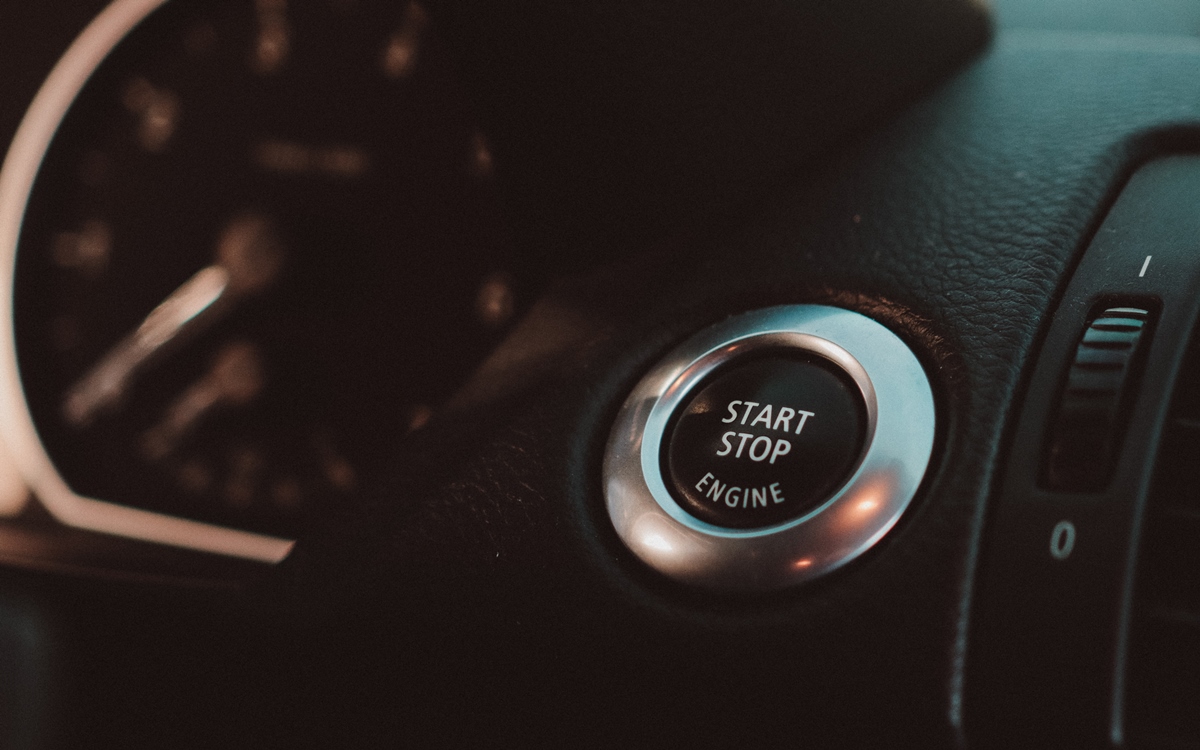The ability to engage and disengage is one of the secrets, or one of the key skills of mindful, effective leadership. It’s also an important skill to support our overall wellbeing, and our ability to take skillful action, especially in the midst of great change and uncertainty (in other words, in times like now).
This is what great athletes do all the time. Whether hitting a baseball, kicking a penalty shot, or serving a final point of a tennis match, great athletes are disengaging and engaging consistently throughout a game, often doing both things at the same time. This is also true of great business leaders and effective entrepreneurs.
The art of disengaging involves stepping out of being caught by the often powerful and quickly flowing stream of your stories, emotions, and thinking.
The art of engagement means giving your full attention to what you are doing through a blend of focus while also having a wider perspective.
We are presented with opportunities to practice engaging and disengaging everywhere, at work, in relationships, during solitary moments, and in all parts of life.
Disengaging Practice
Meditation: this is the basic, core practice of radical disengaging. It’s the practice of stopping and noticing, and is both a cognitive practice and a body practice. This is the practice of developing a mind and body that is readily able to disengage.
Stopping when triggered: this means stopping when you are emotionally caught and/or triggered, and training in the art of pausing and stopping. It’s about making a shift from reacting to the ability to respond.
Stepping outside yourself: this is one aspect of mindfulness practice whereby we cultivate the ability to see ourselves and others from a multitude of perspectives. This is a way of not getting caught by judgments, comparisons, and blame.
Resting: this is essentially stopping. For me this is a 15 minute nap each day. Or it could be reading, listening to music, dancing, or walking in nature. It involves consciously stopping and resting the body and mind.
Engaging Practice
Meditation: paradoxically, meditation practice is also a radical practice of engaging in your thoughts and feelings but without getting caught or swept away.
Focused attention: this means practicing being with whatever you are doing in the moment. This might also be called mindful attention – being aware of your sensations, thoughts, and feelings. Not getting tossed around by ruminating about the past or worrying about the future. Of course you can learn from the past and plan for the future, now…
Perspective taking: part of engaging is being aware of relationships, patterns, and systems and how you create or interact with these.
Disengaging and Engaging
Energy Management: a core part of the practice of disengaging and engaging is noticing and managing your energy. Many of the greatest tennis players have mastered the skill of shutting down and resting in between points. For peak performance, we need to find ways to thoroughly rest in between activities. It also means getting enough sleep and other ways to support and utilize healthy, vibrant energy.
Time Management: to both disengage and engage requires a healthy and skillful way of swimming in the sea of time – sometimes letting it go, sometimes noticing with great precision.
Meaningful and purposeful action: explore asking and answering the questions, “what matters most?”, and “what do I have to offer?” and responding and acting in ways that are engaged and disengaged from outcomes.
Some things to practice:
- During meditation or during the day, experiment with disengaging.
- During meditation or during the day, explore engaging fully.
- Experiment with disengaging and engaging, starting by choosing a part of a day, or in relation to a particular project or relationship.
- Document what you notice, and consider how to incorporate the practice for a new challenge.
In this demanding time that needs engagement and responsiveness from all of us, it can be overwhelming to try to find the right action. This process of engagement and disengagement can be vital in being able to respond. As Sadghuru, an Indian yogi and author, says:
“Not doing what you can’t do is not a problem. Not doing what you can do is a tragedy.”


